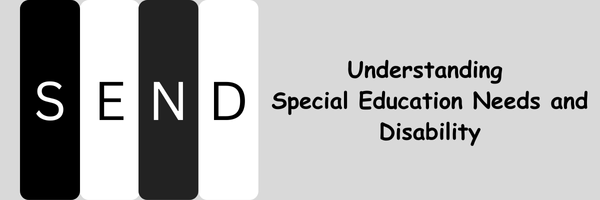Individualized Education Program (IEP) is a personalized written document crafted for each student with a disability, delineating their educational program. It is imperative that the IEP is established prior to the commencement of services and that each eligible student possesses only one current IEP at any given time.
The Purpose of the IEP is to develop a customized plan aimed at fulfilling the educational requirements of each eligible student, while also ensuring the allocation of the essential resources needed to support their learning journey.
Guiding Principles of the IEP:
1. The IEP makes sure that students get the right education they need according to the law. FAPE – Free and appropriate public education.
2. Students with disabilities should be part of regular classes as much as possible, just like other students.
3. Creating the IEP is a team effort, where everyone works together to make a plan that works for the student.
4. The IEP helps students reach their goals, join in regular class activities, and be part of clubs and other school events.
5. We keep checking how well the student is doing and make decisions based on what they need to do better in school.
Types of IEP Meetings:
| Initial IEP Meeting | Held to develop the student’s first Individualized Education Program (IEP) after eligibility for special education services has been determined. |
| Annual Review IEP Meeting | Conducted annually to review and update the student’s existing IEP, ensuring it remains relevant and effective in addressing their needs. |
| Reevaluation Data Review/Re-eligibility IEP Meeting | Scheduled to review assessment data and determine if the student continues to meet eligibility criteria for special education services. |
| Amendment IEP Meeting | Called to make modifications or updates to the student’s current IEP outside of the annual review process, often in response to changing needs or circumstances. |
| Manifestation Determination Review IEP Meeting | Conducted to determine if a student’s behavior that led to disciplinary action is a manifestation of their disability, and to plan appropriate interventions and supports. |
These different kinds of IEP meetings ensure that the student’s educational program remains comprehensive, responsive, and aligned with their evolving needs and circumstances.

